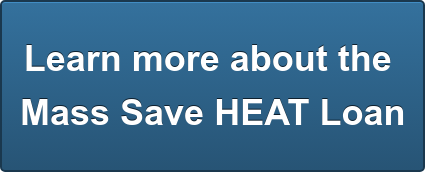Are you ready to automate your home? The initial financial investment could be offset by the savings in running your home more efficiently.
Home automation is coming on strong as the technology world focuses on the Internet of Things (IoT). With the IoT, everyday objects have network connectivity letting them send and receive data. At my house, some thirty or so devices chat away, including PCs, smart phones, printers, speakers, and a digital video recorder, as well as thermostats and smoke/carbon monoxide detectors.
Temperature Control
Thermostats and smoke/carbon monoxide? Yes, these mundane devices are connected over the network and provide home automation that helps me manage the (expensive) heat and air conditioning in my home.
For example, I replaced my original home thermostat with one that works with my smartphone. It allows me to review and adjust thermostat temperatures in my home while I’m away. I can sit in my office at work and turn the heat up or down in my house using my smartphone. Not only that, but it can “learn” my preferences and sense when I leave for work and when I return. So, if I like, I can set it up to automatically make temperature adjustments to match my schedule.
When the seasons change, it also works to extend my savings by slowly adjusting the set temperatures up to three degrees over a month. The change is hardly noticeable, and the savings are real.
Another feature of home automation devices like mine is that some provide graphics on energy usage. This allows me to see the effects of my energy saving practices.
When it comes to the smoke and carbon monoxide detector, automating might seem unusual. But I found some cool features with mine. For one, if the detector goes off, it announces in a loud voice what is going on and where. It also works with my automated thermostat to turn off any forced air furnace/air conditioner so deadly gasses are not circulated in the home.
Lights, Camera, Action!
In addition to temperature controls, I also take advantage of home automation cameras. The system I use has high definition video capability – and I can view it remotely on my smartphone. It can record video, and it will notify me of any movement or people that it identifies.
Home automation can also be used for light control. One system I tried allowed basic light controls to be set to pre-programmed settings on the smartphone. I liked being able to automate lighting, but two things moved me away from this system. The first was needing the smartphone/internet working to turn on a light (imagine waking at 3 a.m. and needing to fire up an app to turn on a light). The other was when the password was lost and the lost password function failed. Not good, and a feature to consider when evaluating systems.
There are also systems that monitor your overall household electrical use. One company that I tried installs a module in the electric panel and communicates status over the internet. Using this, the power consumption in a home can be monitored. These types of smart systems can “learn” your devices. In fact, it appears that my refrigerator is responsible for some really high power usage!
Pros and Cons
While all of these devices are fun and make me feel like I live with the Jetsons, it’s important to weigh your comfort with the downside of all of this technology before you invest. The biggest concern is how much access you are willing to forfeit for the technology. For example, while it is comforting to know that a video recording might help to identify an intruder, having a high definition camera in a home 24/7 could also be used for nefarious purposes.
That said, if saving money is your goal, there are many systems available to help regulate energy use inside your home. And moving forward, these systems will improve in quality. Expect, too, to see these somewhat pricy tools to drop in price. This will allow many to take advantage of the highly focused and customizable ways to manage a home throughout the year.
Have you automated your home in any way? Do you recommend the technology? What do you find to be the pros and cons? Please share your thoughts in comments below.
Hanscom Federal Credit Union is a participating statewide lender for the Mass Save® Heat Loan program. To learn more about this program, what it covers and how to qualify, click here. Together with Mass Save®, we can help you make your home more comfortable and energy efficient.
Others are reading:




.jpg)









Comment